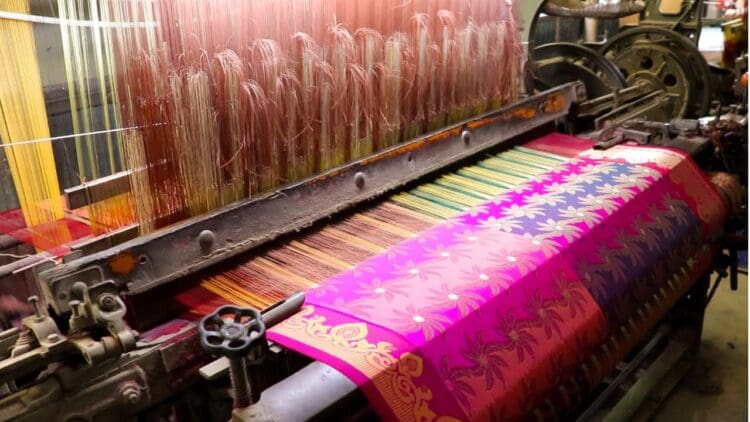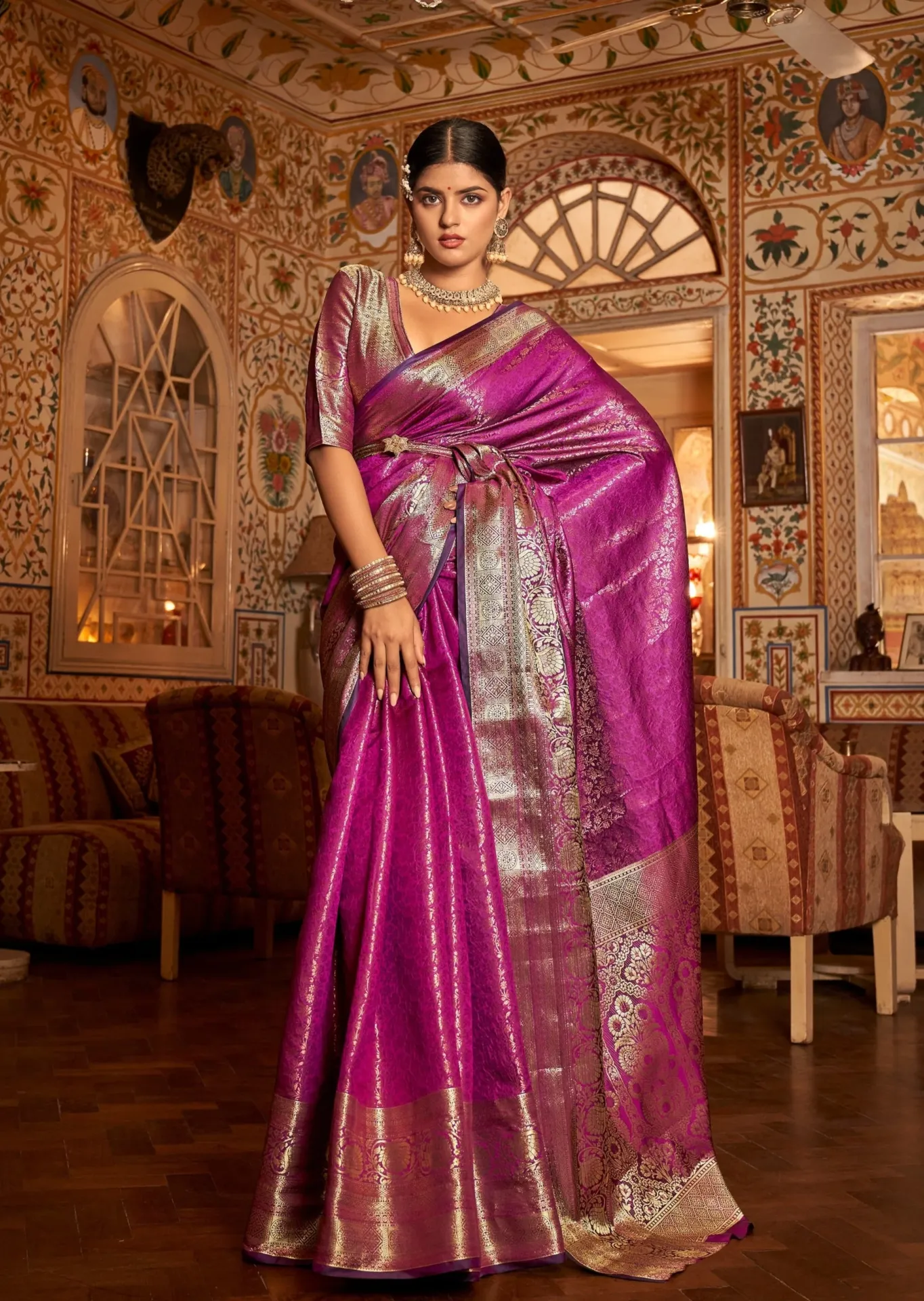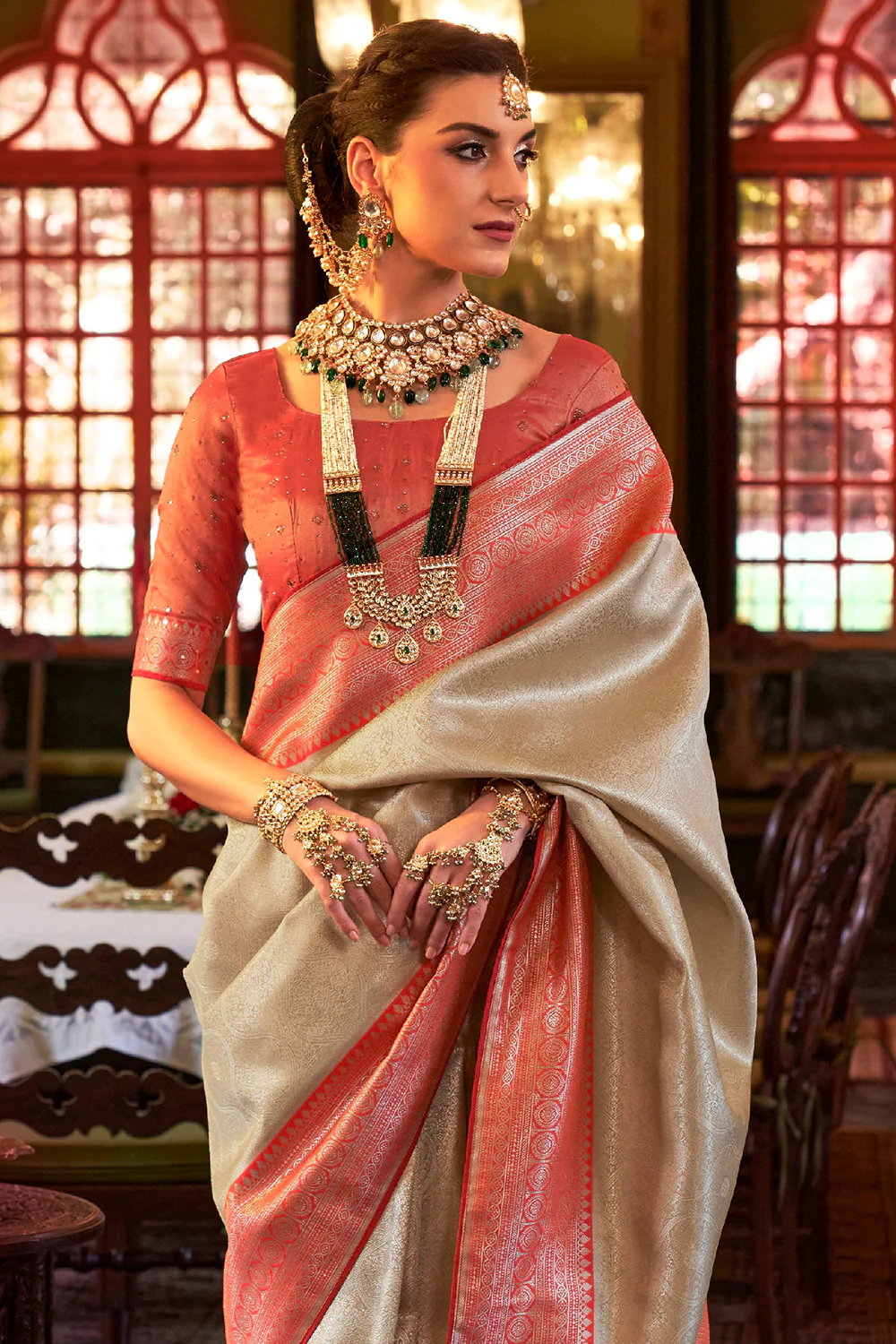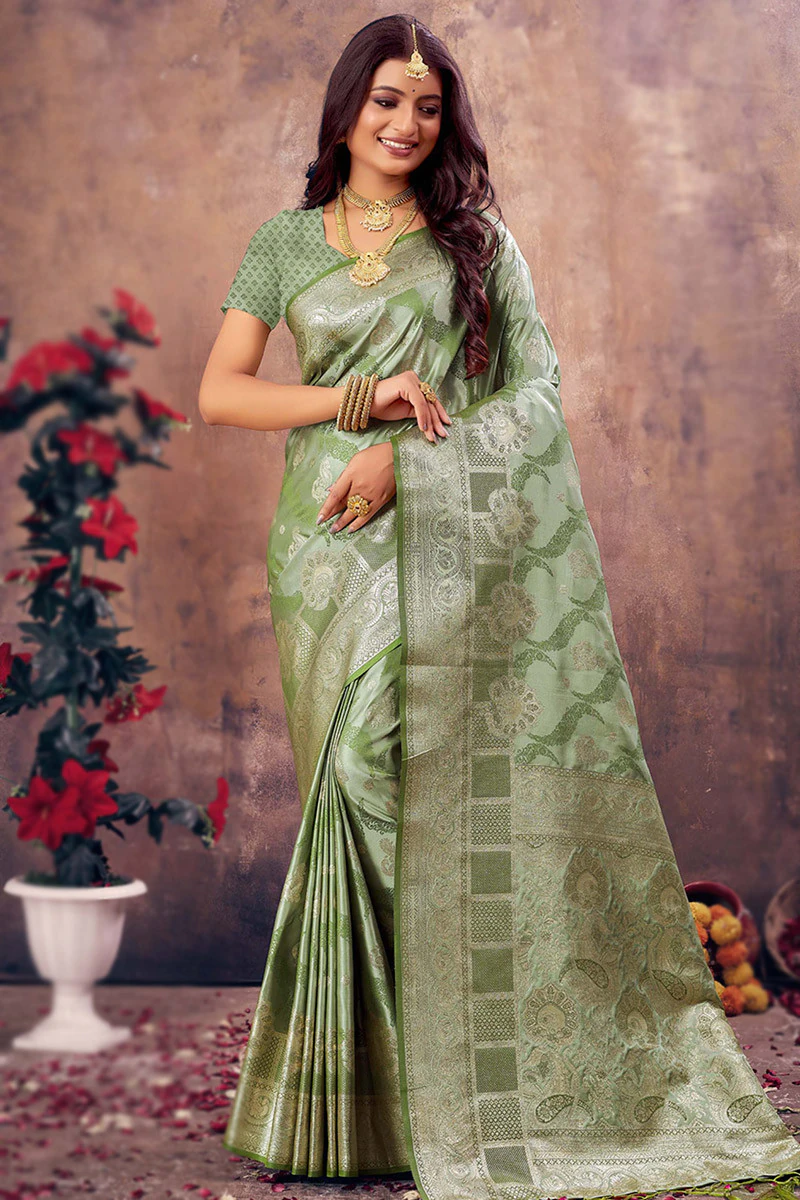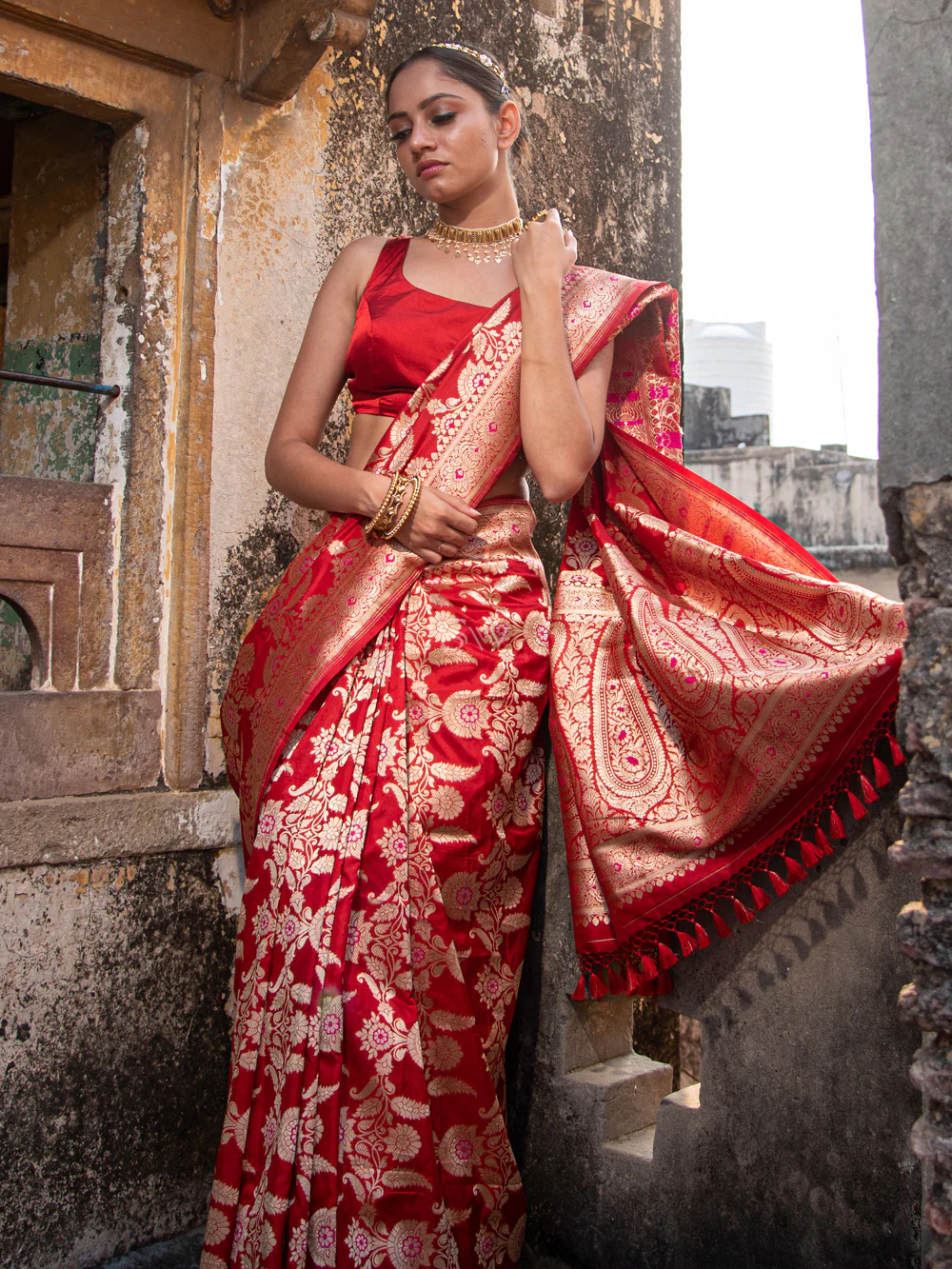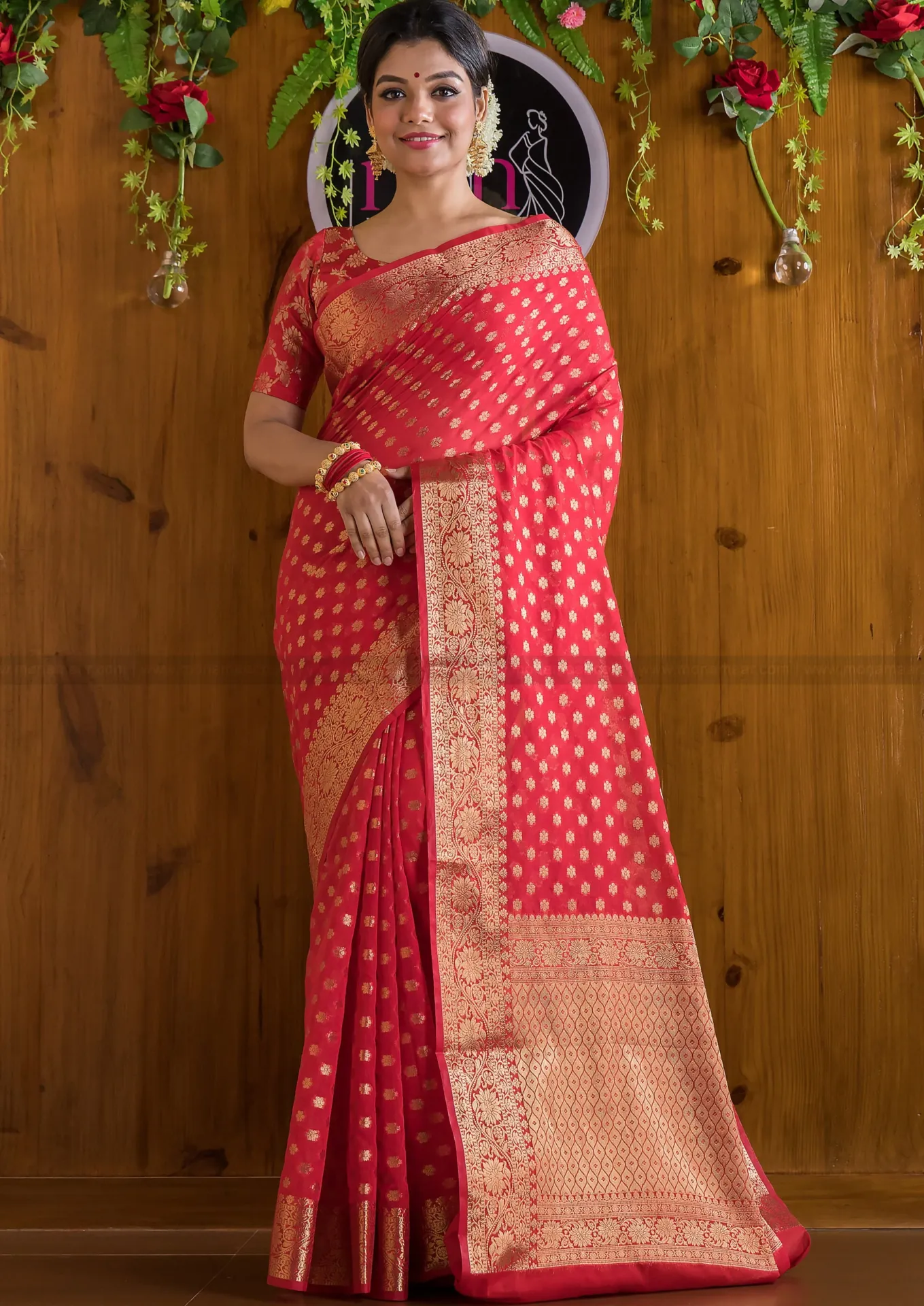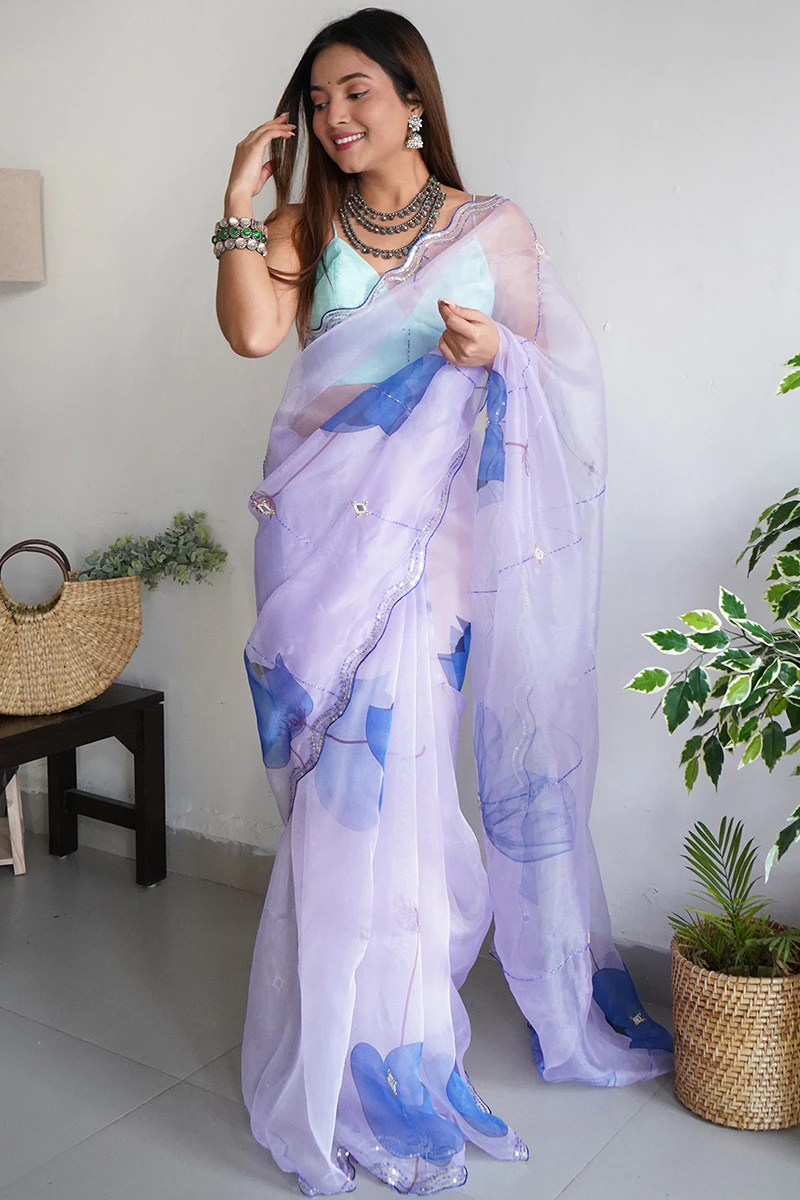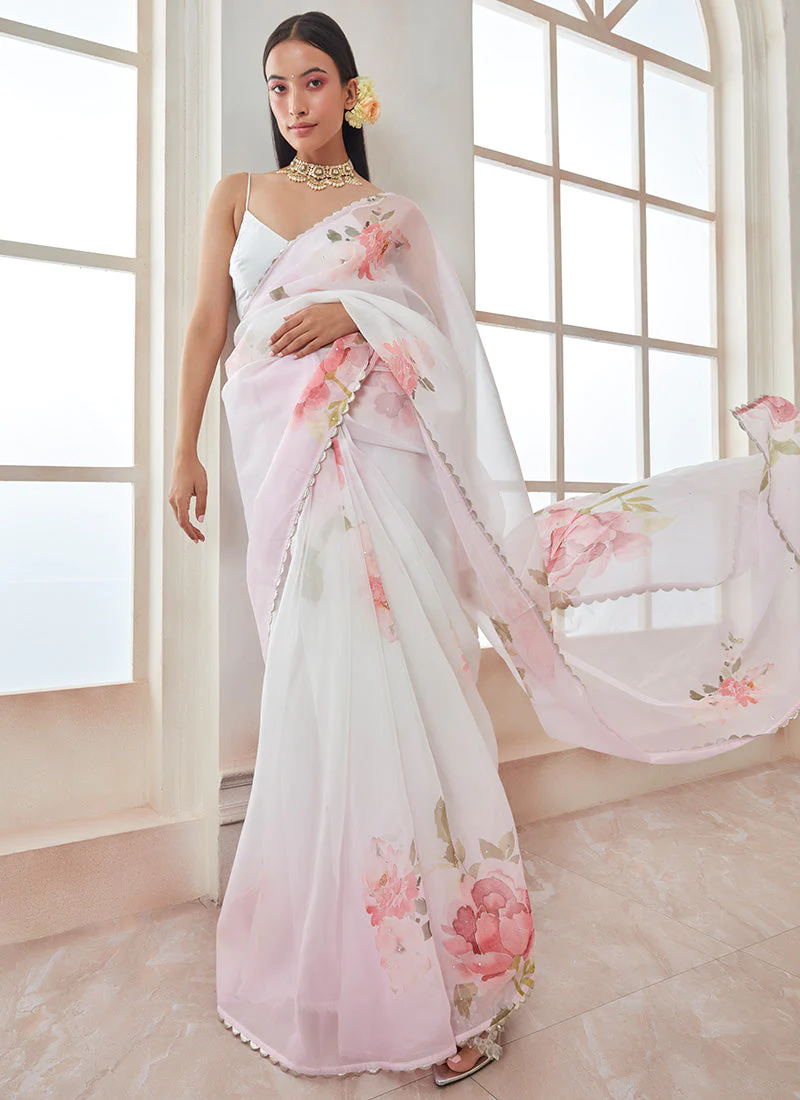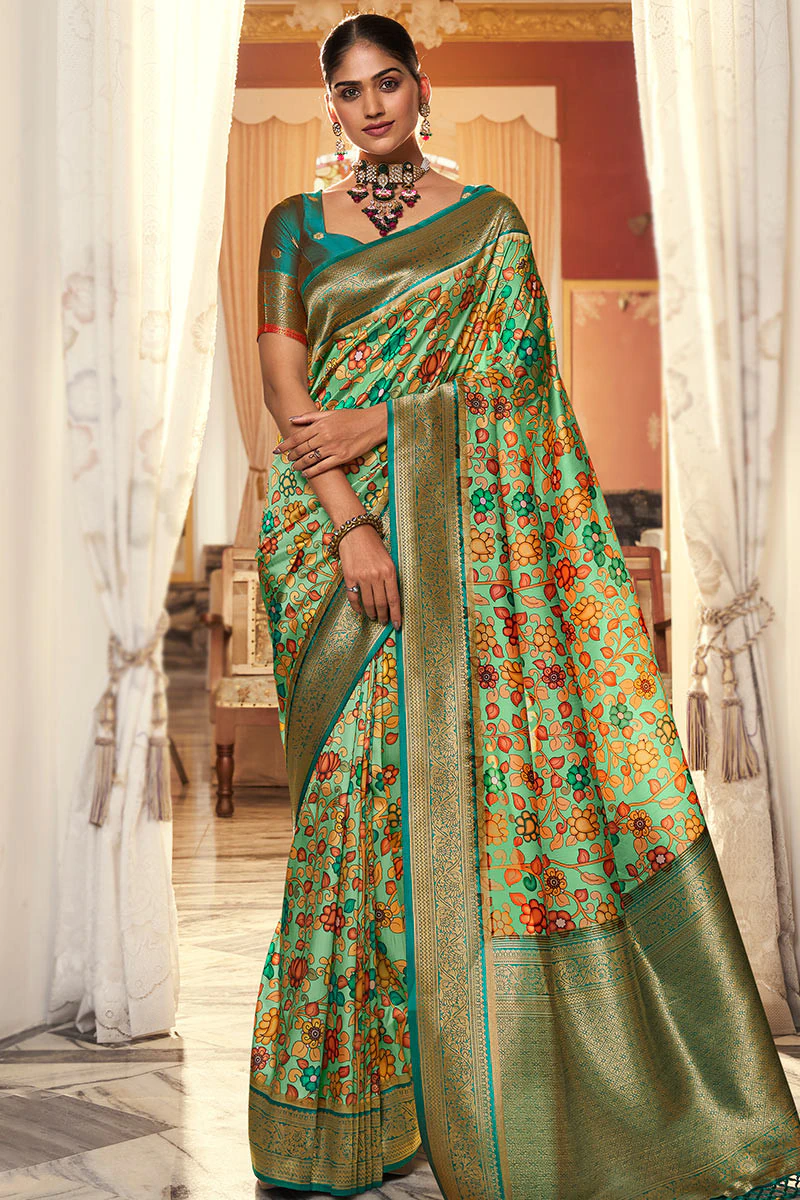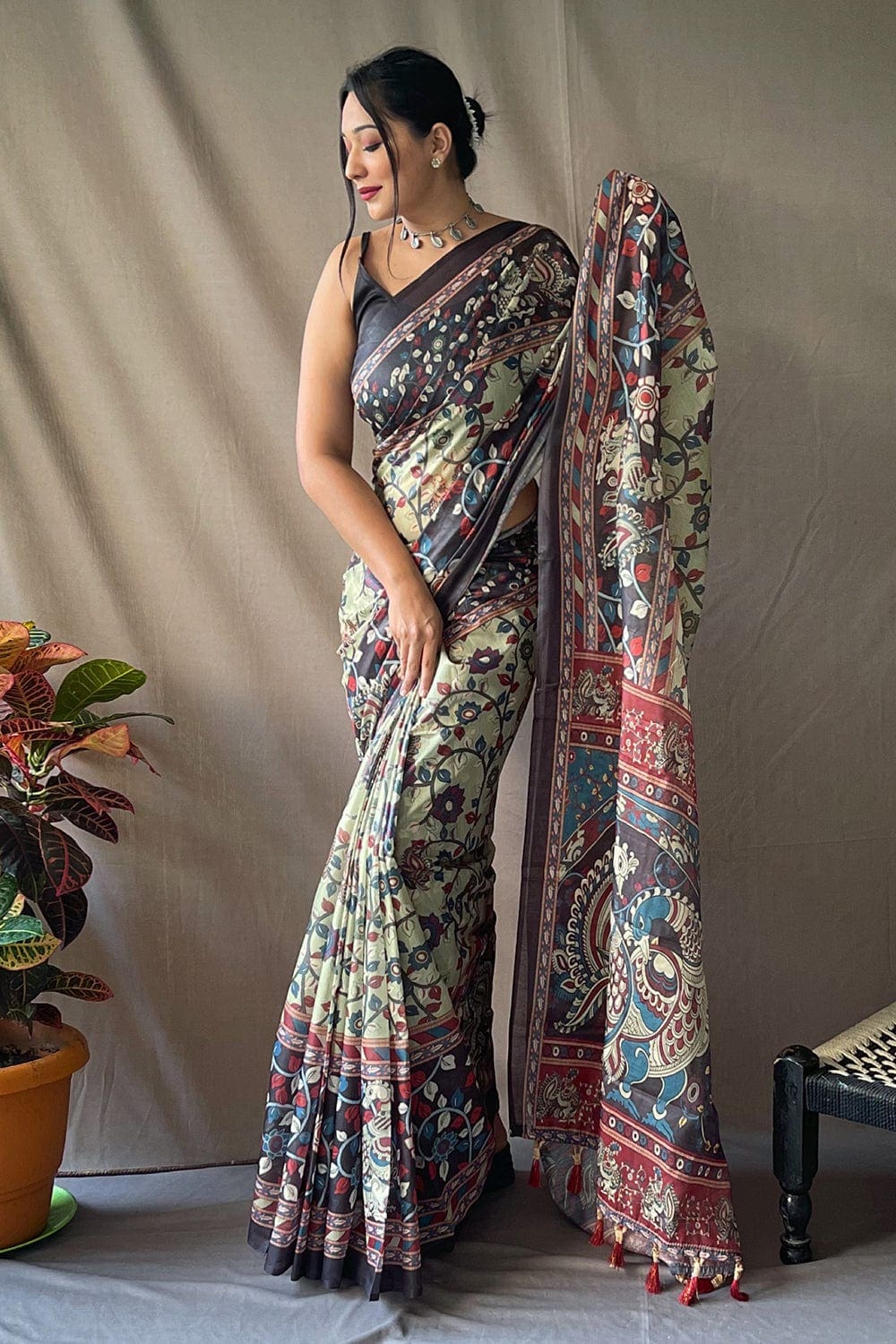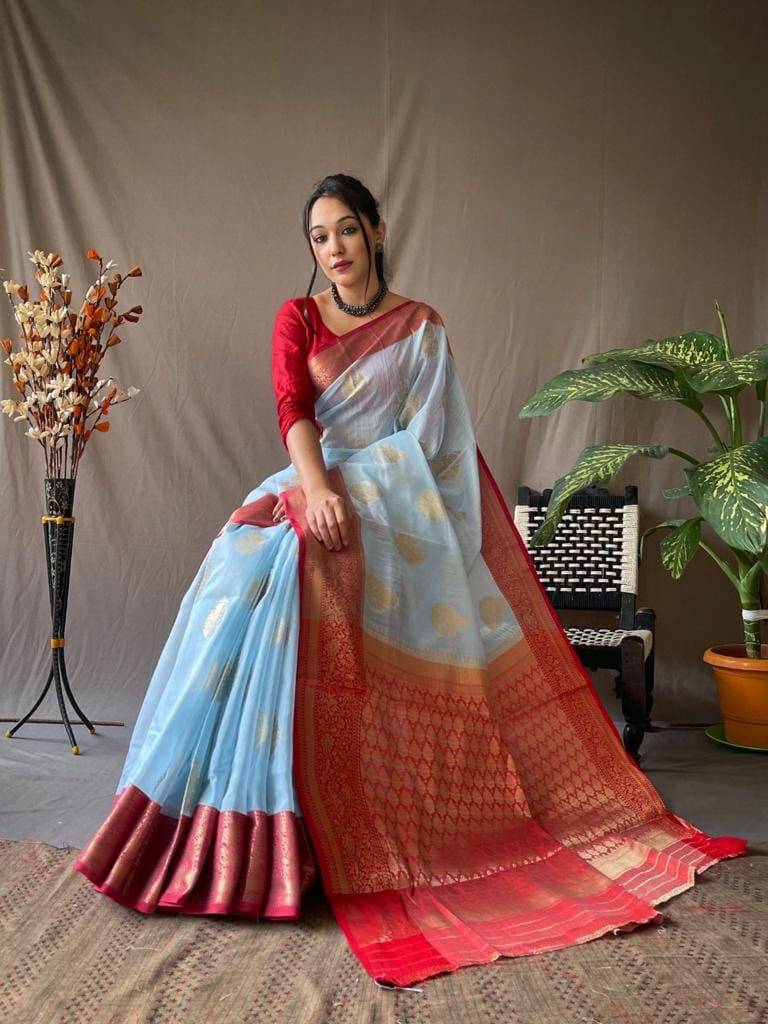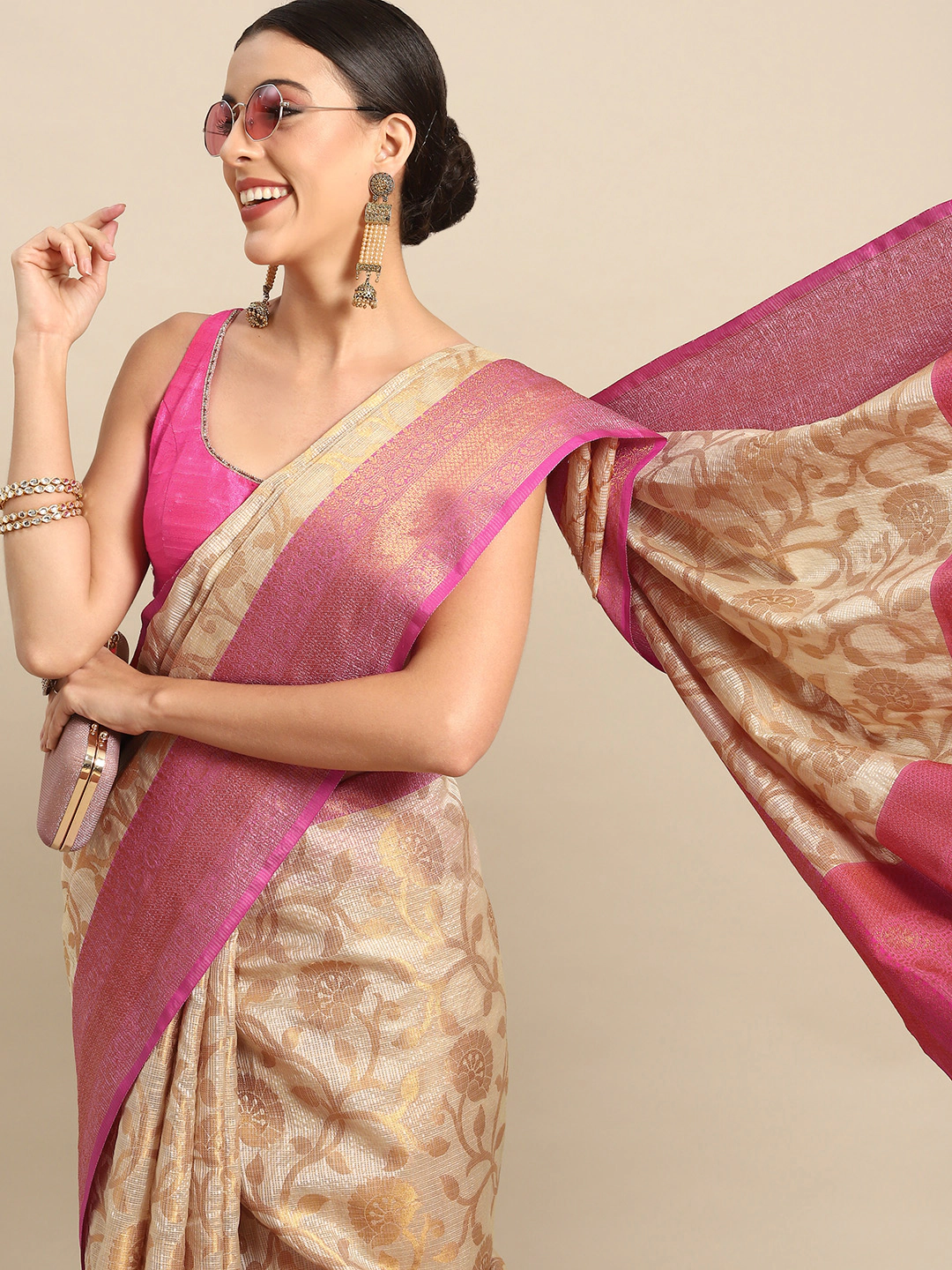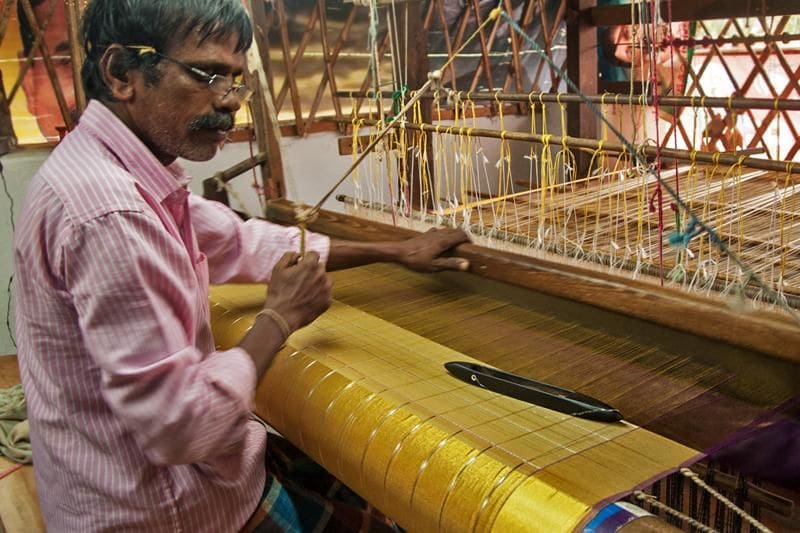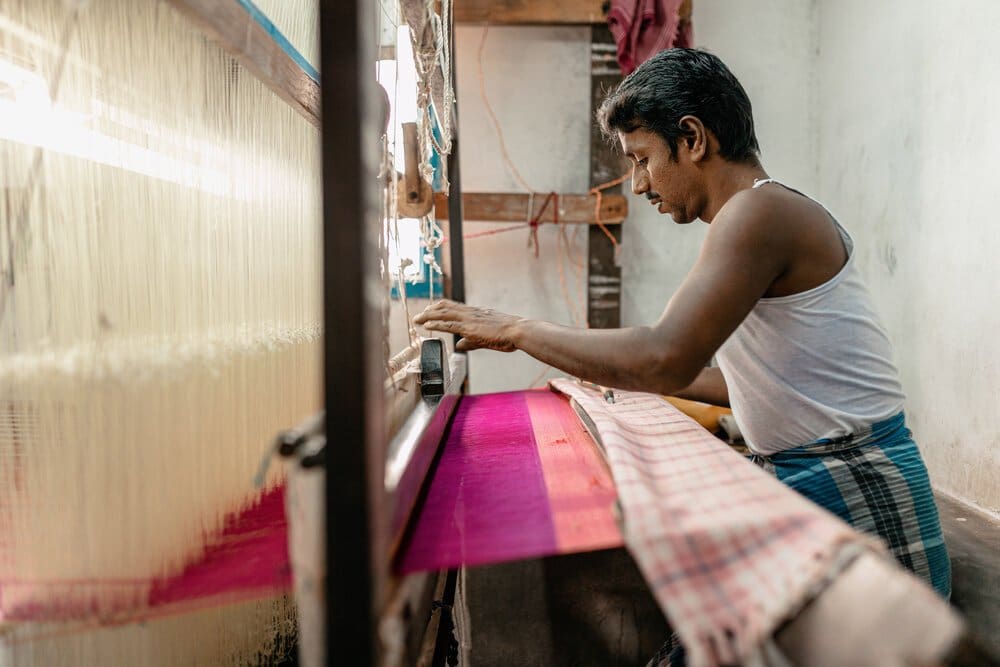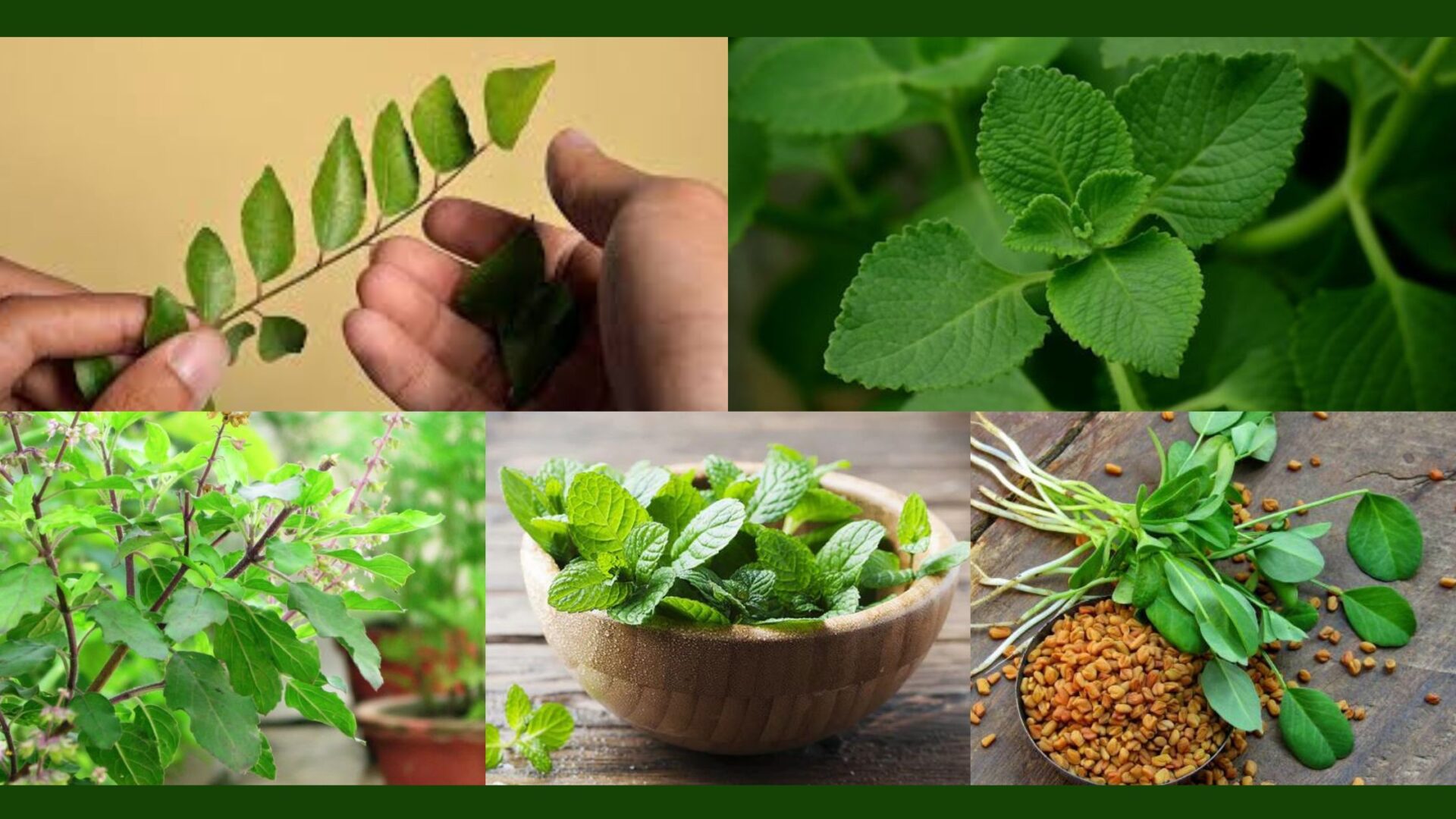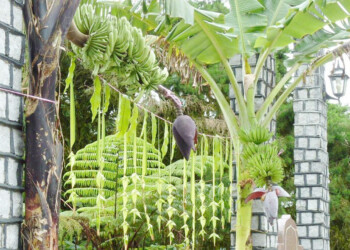Have you heard of National Textile Day? Well it’s a day celebrated, to honor the rich heritage and historical importance of textiles, which have been used to make clothing, jewelry, and even artwork for over thousands of years.
When I say textile, my mind goes onto the variety of Indian Textiles. Our culture textile, stands as a testament to centuries of rich tradition, cultural diversity, and unparalleled craftsmanship. As we commemorate National Textile Day, it’s an opportune moment to delve into the vibrant tapestry of Indian textiles, exploring their historical significance and cultural resonance.
Historical Significance:
The rich history of Indian Textiles started 5000 years ago. Indian women’s have been wearing sarees for over centuries now and over the thousands of years. The fashion of sarees have been expanding and coming in different styles and inovative designs.
India’s textiles were well-known around the world via trade routes in the Middle Ages, when materials like calico and muslin were in great demand throughout Europe and beyond. Indian textiles were further enhanced by the Mughal Empire (16th to 18th century), which supported artistic and skilled workmanship.
Major changes were brought about by colonial control, as the British East India Company took use of India’s textile industry for commerce and raw materials. As a result, mechanical mills began to develop and traditional handloom weaving started decreasing.
Post-independence, efforts were made to revive traditional crafts and empower artisans. Today, Indian textiles continue to thrive, blending traditional techniques with modern innovations, and are celebrated worldwide for their beauty, craftsmanship, and cultural significance.
Let’s delve into the types of Indian Textiles:
1) Kanchipuram Pattu Saree
The word Kanjeeveram is a place situated in the ancient city of Southern India, Tamilnadu . It is famous for its sarees ” Kanchipurum “. The sarees are known for their elaborate designs inspired by mythology, temples, and the nature. They are crafted from luxurious silk fabric with striking borders.
2) Banarasi Silk Saree
Originating from Varanasi, Banarasi silk sarees are known for their luxurious silk fabric, intricate zari work (gold and silver thread embroidery), and elaborate motifs inspired by Mughal art.
3) Organza Saree
Organza sarees are a contemporary and stylish variation of the traditional saree, characterized by their lightweight and sheer fabric made from silk or synthetic fibers like polyester. Organza is a crisp, sheer fabric with a smooth texture, often made from silk.
4) Kalamkari Cotton Silk
Kalamkari cotton sarees are made from lightweight cotton fabric, which is comfortable to wear and ideal for everyday use or casual occasions. Cotton also serves as a suitable canvas for the intricate Kalamkari artwork.
The defining feature of Kalamkari cotton sarees is the intricate artwork done by hand using natural dyes. The artistry typically depicts mythological themes, folklore, flora, fauna, and geometric patterns. This artwork is applied to the fabric using a pen-like tool (kalam) or wooden blocks.
5) Mysore Silk
Mysore silk sarees are made from pure silk yarn, known for its high quality and smooth texture. The silk used in these sarees is typically sourced locally or from nearby silk-producing regions. Mysore silk sarees are known for their simplicity, yet to give a touch of refinement and elegance, they may still include delicate zari work—gold or silver thread embroiders along the borders a decorative finish.
As we celebrate National Textile Day, let us not only admire the beauty of Indian textiles but also recognize the immense cultural, economic, and social significance they hold. From ancient traditions to modern innovations, Indian textiles embody the spirit of creativity, resilience, and tradition, weaving together the threads of our nation’s heritage.
Follow us on Instagram, Facebook or Telegram for more updates and breaking news.


